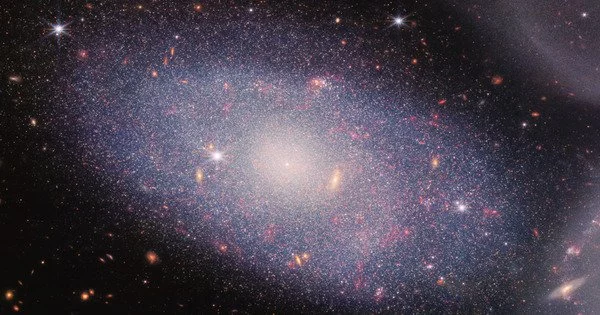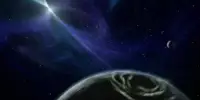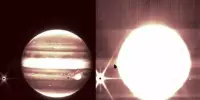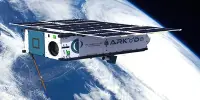The James Webb Space Telescope is expected to provide valuable insights into star formation in distant galaxies through its ability to observe the infrared light emitted by these galaxies. By studying the formation and evolution of stars in these galaxies, scientists hope to better understand the processes that drive galaxy formation and evolution.
Researchers have been able to examine very compact structures of star clusters inside galaxies, known as clumps, for the first time thanks to the James Webb Space Telescope’s first images of galaxy clusters. Stockholm University researchers studied the first phase of star formation in distant galaxies in a paper published in the Monthly Notices of the Royal Astronomical Society.
“The galaxy clusters we studied are so massive that light rays passing through their centers bend, just as Einstein predicted in 1915. This results in a magnifying glass effect, with images of background galaxies magnified “explains Adélade Claeyssens, Department of Astronomy, Stockholm University, and one of the study’s lead authors.
The images from the James Webb Space Telescope show that we can now detect very small structures inside very distant galaxies, and that these clumps can be seen in many of these galaxies. The telescope is a game changer for the entire field of research, helping us understand how galaxies form and evolve.
Angela Adamo
Webb was designed to observe the most distant galaxies in the universe, and scientists confirmed this in mid-December. The telescope has officially observed the four most distant galaxies, which also happen to be the oldest. Webb discovered the galaxies around 13.4 billion years ago, when the universe was only 350 million years old, or about 2% of its current age.
The magnifying glass effect together with the resolution of the James Webb Space Telescope made it possible for the researchers to detect stellar clumps, very compact galaxy structures. These observations allowed the researchers to study the link between clump formation and evolution and galaxy growth a few million years after the Big Bang. And that in a way that has not been possible before.
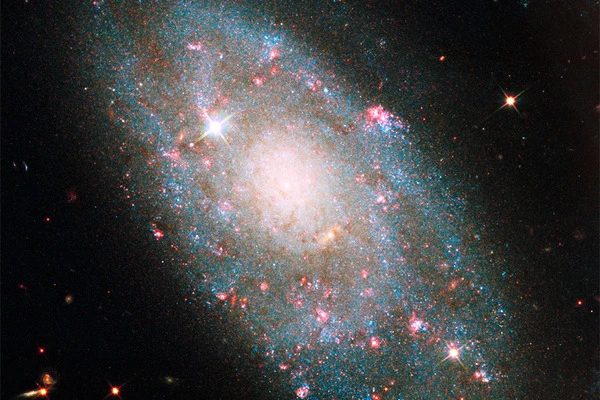
The universe was like a hot soup of particles after the Big Bang (i.e. protons, neutrons, and electrons). When the universe began to cool, protons and neutrons began to combine to form ionized hydrogen atoms (and eventually some helium). These ionized hydrogen and helium atoms attracted electrons, converting them to neutral atoms, allowing light to travel freely for the first time because it was no longer scattering off free electrons. The universe was no longer a mystery! However, it would take some time (possibly up to a few hundred million years post-Big Bang!) before the first sources of light began to form, bringing the cosmic dark ages to an end.
“The images from the James Webb Space Telescope show that we can now detect very small structures inside very distant galaxies, and that these clumps can be seen in many of these galaxies. The telescope is a game changer for the entire field of research, helping us understand how galaxies form and evolve” According to Angela Adamo, Oscar Klein Center, Stockholm University, and one of the study’s lead authors.
The oldest galaxy studied in the paper is so far away that we can see what it looked like 13 billion years ago, when the Universe was only 680 million years old.
